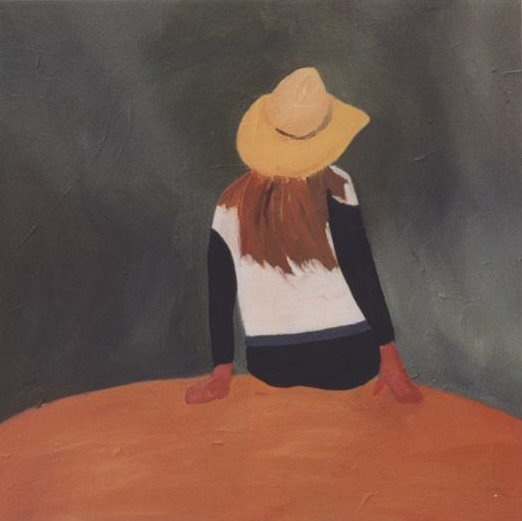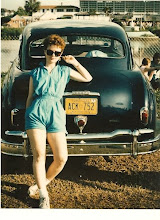heritage - George Soulie

This was taken from a History of New Orleans but I can't find the original source at the moment. Will update when I track it down again. My Great Grandfather and Grandfather are the artists/float builders they mention. George and Henry Soulie
The artist's rough sketches of the proposed pageant are submitted to the select committee, and when finally approved thereby, are referred back to him to be put in final shape. This consists in carefully redrawing the designs, one by one, according to scale, each car on its own separate sheet of paper, not over •two feet square. They are represented in full color, with the maskers in place. In this form they go to the builders. The poetry, the sentiment of the pageants, of course, represent the artist's contribution, but the translation of his designs into papier-mache, canvas, tinsel and paint — which are the essential ingredients of a carnival tableauº — this is the task of the builders.
For many years a wiry Frenchman, George Soulié, called the Rex pageant into being. Latterly, he had the assistance of his son, Henry. They constitute a dynasty of Carnival craftsmen whose time was practically spent exclusively in the service of the societies. Rex has large studios in an out‑of-the‑way corner of the city, especially designed for his use, and there his cars are built. The organization owns its own vehicles — platforms •some twenty feet long and eight feet wide, mounted on wheels — resembling the trucks on which theatrical scenery is moved. They are used repeatedly, but the fairy structures which are every year reared upon them are always and entirely new. 
The artist's design is, of course, flat, and indicates variations in the surface only by means of shading — of lights and darks, after the manner of all painting. The business of the builders is to erect a framework which, when overlaid with the canvas, will actually represent those variations in the plane; hence they are allowed an immense latitude, and the demand upon their ingenuity is enormous. Let us take an example; for instance, a car representing some marine scene. The design as it reaches the workmen represents the waves just as they would be represented in any other water color drawing. The surface of the water arises in a series of huge billows, but these billows are seamed with countless lesser waves, ripples, undulations. In the drawing they are mere splashes of color, vivid green, gray, brown, even black — but there is nothing to tell the builder how these effects are to be attained.
And yet the clever craftsman asks no more. In his atelier there is a large open floor. Upon this he spreads sheets of stout manila paper, pasting them together until he has a surface measuring •20 or 22 feet long by 18 wide. Then, with a brush dipped in red paint, he traces upon the paper the forms of various bits of timber which, put together, will constitute the vitals of the tableaux. These lines cross each other at all angles, but each is numbered, and can easily be followed in the maze of conflicting designs. Then the carpenters come in and, working from the pattern, prepare all these separate pieces of timber, fitting them on the tracings till they are exact duplications of the master's design. At this stage not even the carpenters can guess the eventual appearance of the car.
The next stage is to assemble the framework on the wagon. Under the supervision of the master builder each part is fitted into place. In the meantime papier-mache workers have done their part. Their productions are quickly tacked into place. Stout canvas follows, together with prodigious amounts of excelsior, rags and various other kinds of "stuffing" to round out the proportions of sea serpent or sinuous marine p725plant. And as the canvas is fastened to the timber framework, suddenly the beholder perceives how all the innumerable billowlets which the artist in his drawing represented by hasty strokes of the brush have become actual undulations, reproducing exactly the infinite variety of the surface of the sea.
To create a car under such circumstances calls for peculiar talent and immense experience. It is because New Orleans possesses a school of Carnival craftsmen, and because they are content to devote their lives to the fabrication of Carnival pageant, that the Crescent City is unique in the success and splendor of its pageants. The thing has been tried elsewhere, and always with comparatively small success; for, easy as it may seem to the uninstructed to rear the fairy fabric of a typical Carnival "float," the task assumes quite another phase when it is actually attempted. There is a genius which goes to this as to almost every other kind of artistic endeavor; New Orleans has that genius, and it is not found anywhere else. 































1 comment:
Dear,
I was wondering if your grandpa George Soulie was ever in Algeria during 1919 or so? I found a aquarel in Algeria dates 1919 signed G. Soulie. I read he passes away that same year that’s why i’m doubtful. Thanks in advance! Mourad Salmi
Post a Comment